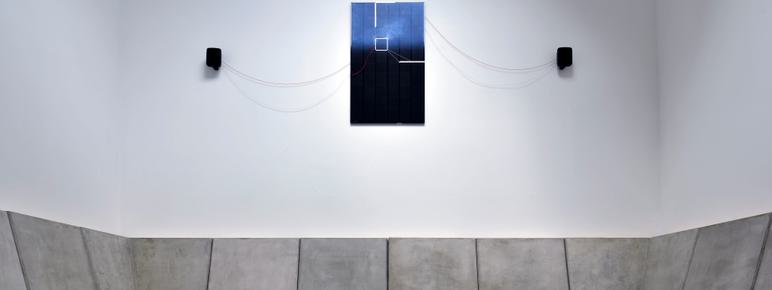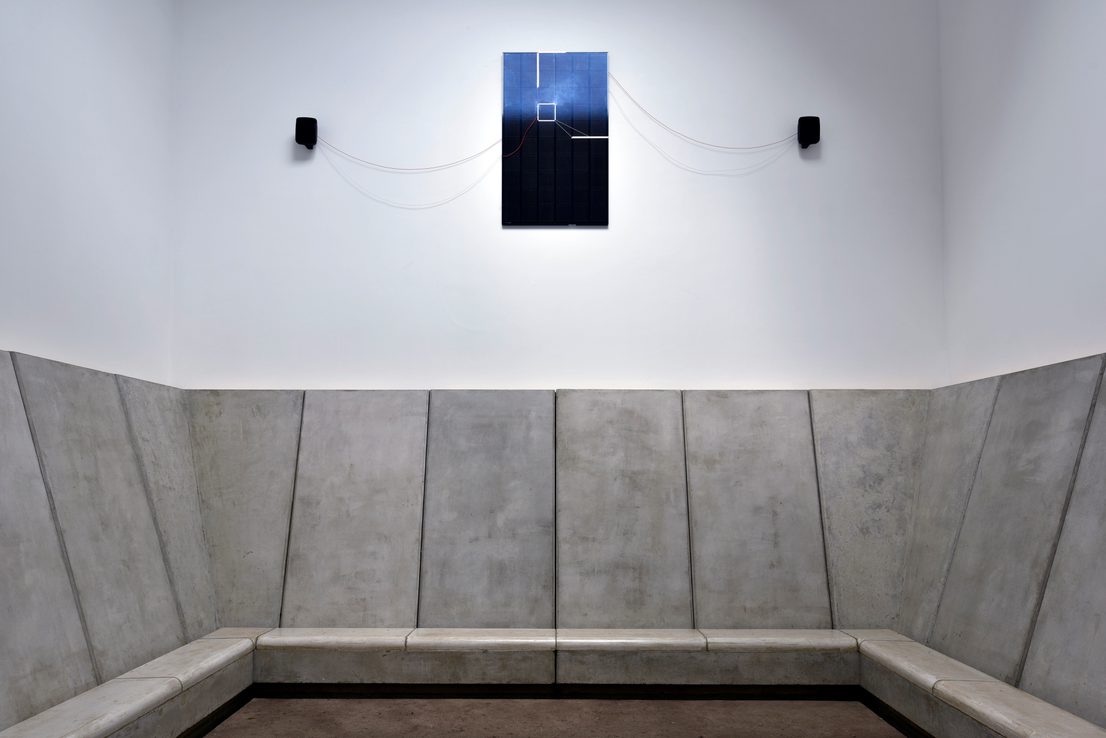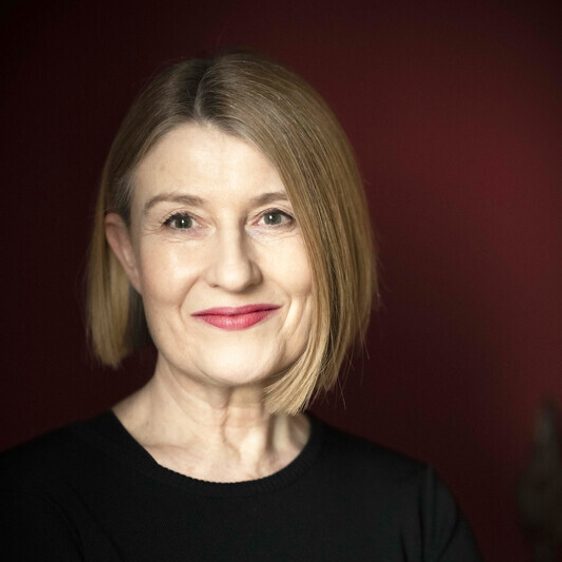
About Haroon Mirza
A multi-layered sensory experience that is given another layer of complexity by being in the Skyspace.
- artdaily.org
To coincide with the summer solstice, Haroon Mirza created an intervention in James Turrell’s Deer Shelter Skyspace as part of his ongoing Solar Symphony series.
Mirza's sculpture, Aestival Infinato (Solar Symphony 11), was conceived especially for James Turrell’s Deer Shelter Skyspace at YSP. It created an alternative symphony in the landscape between nature and technology, channelling the sun’s energy and finding new ways to give it both power and meaning.
Situated within the Skyspace, the work referenced neolithic and megalithic monuments that worship the sun and create a direct relationship and interaction between the changing environment within the space. As the amount of sunlight changed, fluctuating with both the time of day and weather conditions overhead, the intensity and patterns of the LEDs and audio output adjusted accordingly, creating a direct interaction between the environment and Mirza’s installation.
This harmony between Aestival Infinato (Solar Symphony 11) and the environment extends from the ideas and language of land art, referencing a long history of human creativity in relation to the sun, of channeling its power, and giving it a shape and voice. Mirza often combines and layers the work of other artists with his own and has previously responded to works by Jean Tinguely, Alexander Calder and Anish Kapoor.

The sun is the provider of almost all the energy on the planet, and although we only harness a tiny fraction of that energy, it is and has been throughout the history of life the subject of awe, worship and inspiration
- Haroon Mirza
Mirza has won international acclaim for installations that test the interplay and friction between sound and light waves and electric current. He devises kinetic sculptures, performances and immersive installations, such as The National Apavillion of Then and Now (2011), an anechoic chamber with a circle of light that grows brighter in response to increasing drone, and completely dark when there is silence. An advocate of interference (in the sense of electro-acoustic or radio disruption), Mirza creates situations that purposefully cross wires. He describes his role as a composer, manipulating electricity, a live, invisible and volatile phenomenon, to make it dance to a different tune and calling on instruments as varied as household electronics, vinyl and turntables, LEDs, furniture, video footage and existing artworks to behave differently. Processes are left exposed and sounds occupy space in an unruly way, testing codes of conduct and charging the atmosphere. Mirza asks us to reconsider the perceptual distinctions between noise, sound and music, and draws into question the categorisation of cultural forms.

You might also like
More- Art Outdoors

James Turrell: Deer Shelter Skyspace
The Deer Shelter Skyspace creates a place of contemplation and revelation, harnessing the changing light of the Yorkshire sky. It allows us to take time to sit, to think, and to contemplate; an open invitation to access a peacefulness that is often denied in our busy lives that abound with technology and speed. - News

Clare Lilley steps down as Director of Yorkshire Sculpture Park
1 July 2025 - Profile

Astrid Butt
Yorkshire Graduate Award 2023 - News

Staff Profile: Emma Spencer, Informal Learning Manager at YSP, and Jane Hewitt, Trustee at LimbBo Foundation
10 March 2025